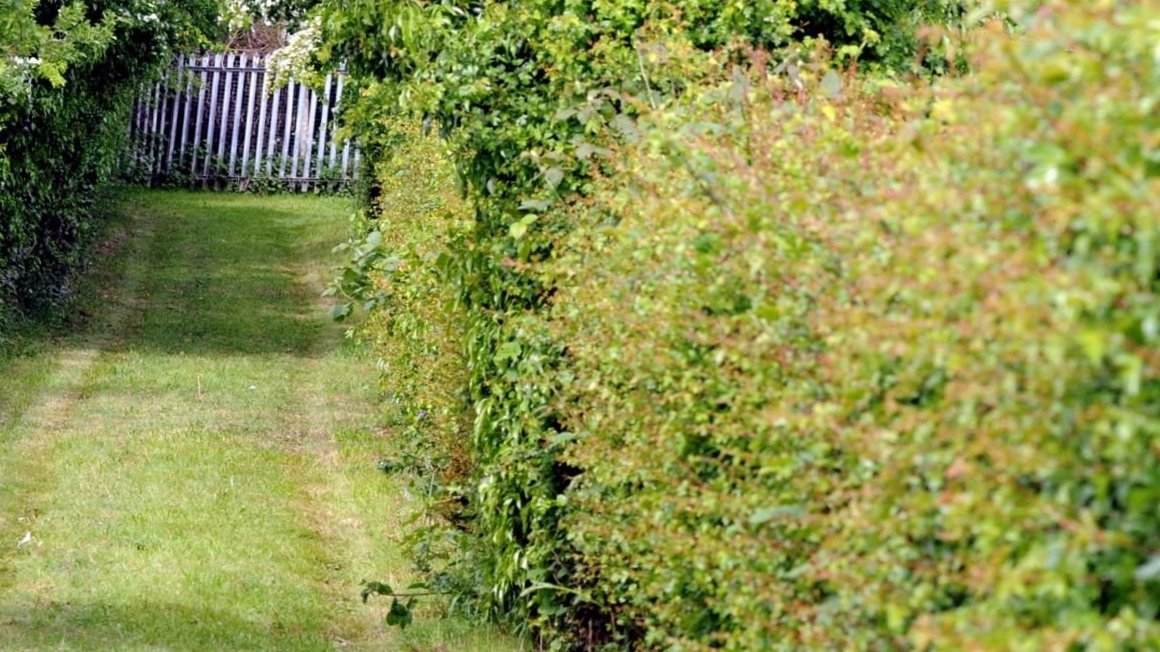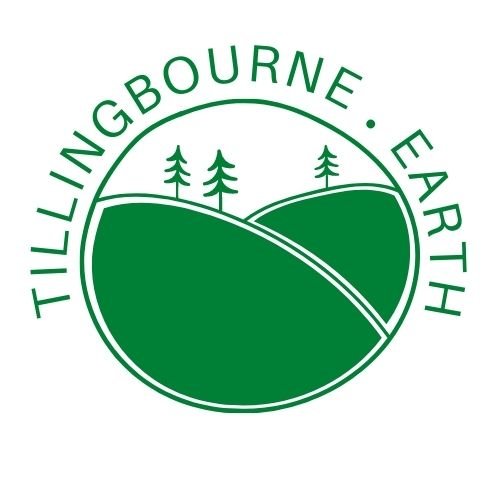
Hedge your bets!
Replace fences with hedges to support nature
Replacing fences with hedges is an amazing way to support nature, sequester carbon and prevent flooding. We are happy to help introduce you to local people and groups with experience and advice on the best choice of hedge for your soils, planting and growing advice.
The Importance of Hedgerows
Hedgerows have been used for generations to mark boundaries, contain livestock, and shelter livestock and crops from extreme weather. These healthy and connected networks of hedgerows were also essential habitat providing shelter, food, and safe passage from one area to another, for many species of plants and animals.
Since 1945, with more intensive farming and larger fields, half of Surrey’s hedgerows are lost, and 93% of the remainder are in poor condition from frequent cutting and poor management.
Hedgerow loss and degradation is a factor in the decline of many species, especially those associated with farmland. At least 130 species of conservation concern rely on them.
Hedgerows also reduce, and mitigate the effects of climate change. They store carbon and they reduce the run-off of surface water to reduce floods and droughts.
Today a third of all wildlife in Surrey is already extinct or heading towards extinction.
Making Hedgerows in Gardens
Hedges provide important shelter and protection for wildlife including nesting birds, insects, small mammals such as dormice and hedgehogs, and commuting routes for bats. Hedges are a better boundary for wildlife than fences or walls, especially if native trees and shrubs are used. They allow wildlife to move about between gardens and other spaces, and provide feeding and breeding opportunities.
Hedges offer food - leaves, nectar-rich flowers, berries, fruits, seeds and nuts - and are also good hunting grounds for predators seeking insects and other invertebrates. They make natural windbreaks, creating sheltered areas in the garden, particularly important for butterflies. They also create areas of shade, and increase the range of habitats within the garden for wildlife and people. Informal or untidy hedges and trees are better than those regularly clipped. Hawthorn, holly and privet produce flowers and berries if left unclipped.
Traditional Hedgelaying on Farmland
Hedgelaying is a country craft practised for hundreds of years. A well laid and well managed hedgerow is thick and bushy, an impenetrable barrier to sheep and cattle, and a haven for wildlife.
Cut stems are bent over at an angle, secured with stakes and in some styles binders along the top, so creating a living, stock-proof barrier. Hedgelaying is the only hedgerow maintenance method currently available which promotes regrowth from ground level and which will ensure the health and longevity of the hedgerow.
Once a hedge has been layed regular trimming will keep it in good order for up to 50 years.
There is a lot of great local support available to help you plan your hedge.
For further advice, or to help support others with their hedge planting plans contact us.
Sign up for latest news and updates on local initiatives, including the Green Cinema



